Boston Marathon bombings: How notorious bombers got caught
- Published
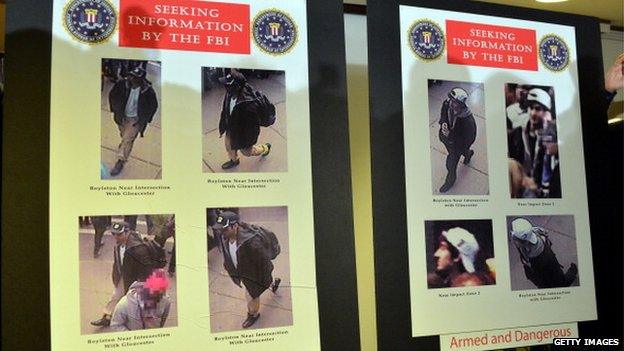
Using CCTV footage, police were able to pick out the Tsarnaev brothers and release their faces to the public within a week
How do you catch a bomber? History shows it can take hours or years - and success requires good luck, good timing and good police work.
The manhunt portion of the Boston bombing case came to an end last week in dramatic fashion. Only three days after two explosives detonated by the Boston Marathon finish line, police had picked the suspected bombers out of the crowd of spectators, later identifying them as brothers Dzhokhar and Tamerlan Tsarnaev.
By Friday morning, Tamerlan Tsarnaev was dead and the entire city and some surrounding suburbs were shut down as armed police officers combed the streets. On Friday night, Dzhokhar Tsarnaev was in custody.
Investigators were aided by hundreds of hours of video, the testimony of one of the victims, and the co-operation of various state, local and national law enforcement agencies.
When it comes to high-profile bombings, there is no formula for how to catch the culprit. In some cases, suspects are apprehended right away. In other cases, it can take years.
"A lot of it is by chance," says Marc Sageman, author of Understanding Terror Networks.
What follows is a collection of other notorious bombers, brought to justice - and what it took to make it happen.
Mohammad Salameh, World Trade Center attacks, 1993
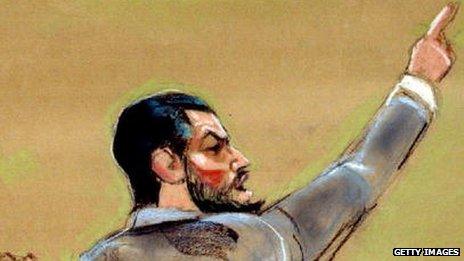
Caught thanks to: Detective work, a lucky break
Time it took from first crime to first arrest: Eight days
Islamist terrorists attacked the World Trade Center in 1993 with a truck bomb, killing six people and injuring hundreds.
After the bombing, investigators found an axle fragment with a vehicle identification number. That led to a 1990 Ford Econoline van, traced to a rental facility, which lead to Salameh.
Sageman says it was a combination of good police work and poor criminal strategy. Salameh, who had reported the van stolen, agreed to go back to the rental facility to meet with a theft prevention representative from the company. That representative turned out to be an FBI agent.
After Salameh's arrest, law enforcement officials were able to track down other members of the team.
Pairic MacFhloinn and Denis Kinsella, Warrington bombing, 1993
Caught thanks to: An old-fashioned car chase
Time it took from crime to arrest: Two hours
Shortly before midnight on 26 February 1993, the Irish Republican Army's MacFhloinn and Kinsella, along with at least one other man, set off explosives at a former gas works building in Warrington, England.
The explosion, according to the Warrington Guardian, external, caused "a huge fireball". The perpetrators fled the scene in a stolen car.
Police officers chased them, bullets flying. Less than two hours after the explosions, they caught MacFhloinn and Kinsella. At least one other man escaped.
Ted Kaczynski, Unabomber 1978-96
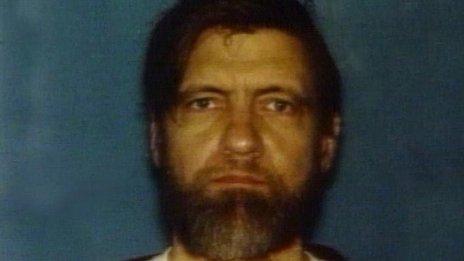
Caught thanks to: His own manifesto
Time it took from first crime to first arrest: 18 years
Starting in 1978, Harvard graduate Theodore Kaczynski, sent 16 package bombs over a 17-year period to individuals throughout the US. He killed three people and injured dozens. Due to his pattern of mailing bombs to universities and airports, he was called the Unabomber.
The FBI had several suspects but could not crack the case. In 1995, the bomber contacted several national papers, seeking a publisher for his 35,000-word manifesto. With support from the FBI, the piece eventually ran in the Washington Post, which led to his demise.
Afterwards, social worker David Kaczynski told the FBI that he believed the author was his brother, and pointed to similarities between the manifesto and his brother's earlier writings.
Kaczynski was arrested in his Montana cabin in April 1996.
Eric Rudolph, Atlanta Olympics, 1996
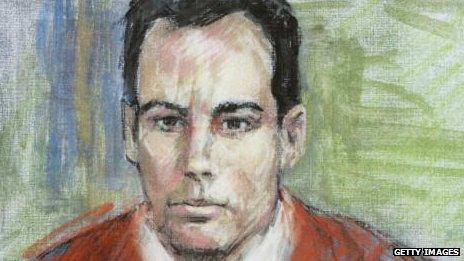
Caught thanks to: Intrepid eye-witnesses, hunger
Time it took from first crime to first arrest: Seven years
Rudolph is best known for the 1996 bombing of the Atlanta Olympic pavilion, but he never faced trial for those crimes.
It was only after he was sentenced for multiple charges stemming from the bombing of abortion clinics in Atlanta and Birmingham and an Atlanta gay bar - which occurred 1997-98 - that he confessed to the Olympics bombing.
It was the 1998 Birmingham bombing that lead to his eventual capture. An eyewitness, Jermaine Hughes, saw a man running from the crime scene.
"Everyone else was running towards it," says Maryann Vollers, author of Lone Wolf: Eric Rudolph and the Legacy of American Terror.
"Hughes risked his life tracking him down."
Hughes, a student at a nearby college, got in his car and followed Rudolph, who was fleeing by foot on the back streets. Hughes, who was black, tried to access a phone to alert the police by knocking on the doors of the suburban houses nearby, but faced resistance from residents.
"He was trying to get people's attention and no-one believed him," says Vollers.
He did get a description of Rudolph and a licence plate number, which corroborated another eye-witness account.
Tipped off, Rudolph went on the run, living in the North Carolina woods. He was arrested in 2003 after being caught eating from a garbage can.
Timothy McVeigh, Oklahoma bomber, 1995
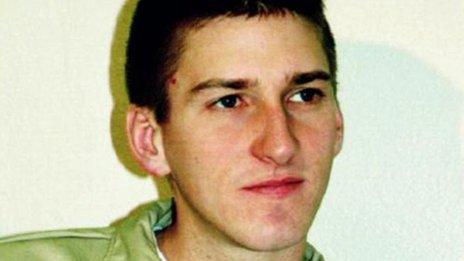
Caught thanks to: Good police work, poor automotive recordkeeping.
Time it took from crime to arrest: 90 minutes
In 1995, 4,800lb of fertiliser and fuel oil exploded in front of a federal office building in Oklahoma City, killing 168. Not long after, state trooper Charles J. Hanger pulled over a man driving a car without a licence plate.
Hanger, who had been summoned to the bomb scene but then told to hold back, assumed that it would be a "routine traffic stop".
The driver, Timothy McVeigh, was carrying a concealed Glock handgun, which gave Hanger cause for arrest. He processed McVeigh into the local jail, then returned to the road to help search for a brown vehicle associated with the bombing.
"Little did we know we have the bomber in custody," he told the Shawnee Oklahoma News-Star, external.
At the same time, investigators reconstructed identifying information from the rental truck in which the bomb was concealed, which led them to McVeigh.
Two days later, the highway patrol called Hanger, asking him to run McVeigh's licence in the hopes of ascertaining his whereabouts.
Instead, Hanger informed them that McVeigh was in custody. The FBI apprehended McVeigh. That same day, his partner Terry Nichols turned himself into police.
David Copeland, London nail bomber, 1999
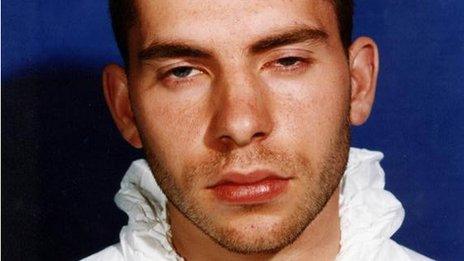
Caught thanks to: CCTV
Time it took from first crime to first arrest: 13 days
During 13 days in April 1999, Copeland set off explosions in three parts of London - Brixton, Brick Lane and Soho. The final blast at a gay pub killed three people. He injured 139 people in total.
He began his campaign on 17 April. Officials managed to isolate Copeland on CCTV and released the footage to the public on 29 April.
He was identified by a colleague soon after, but it was not enough time to prevent Copeland's third bomb from exploding that night at the Admiral Duncan pub, killing a pregnant woman and two others.
Police were able to track down his apartment hours after the bomb went off, and Copeland confessed as he opened the door.